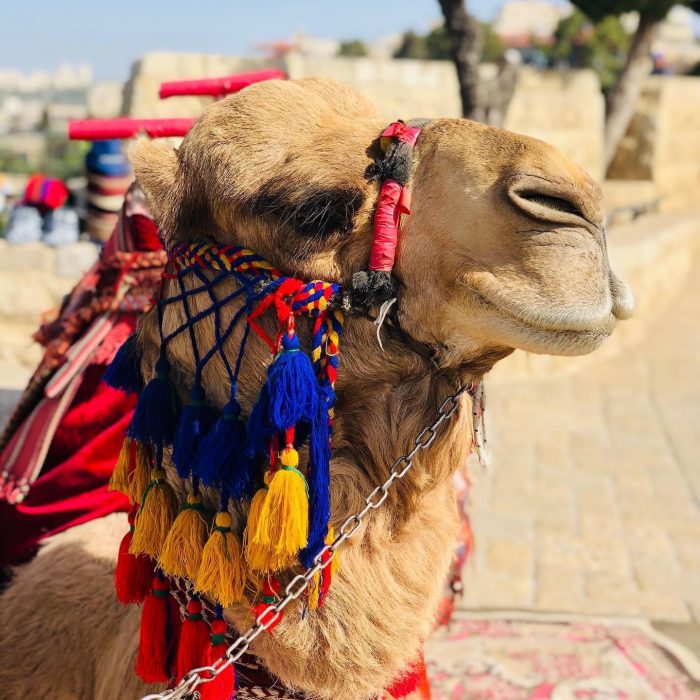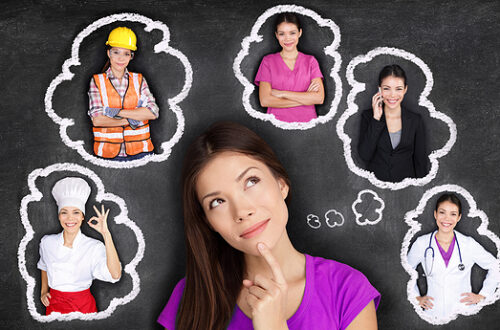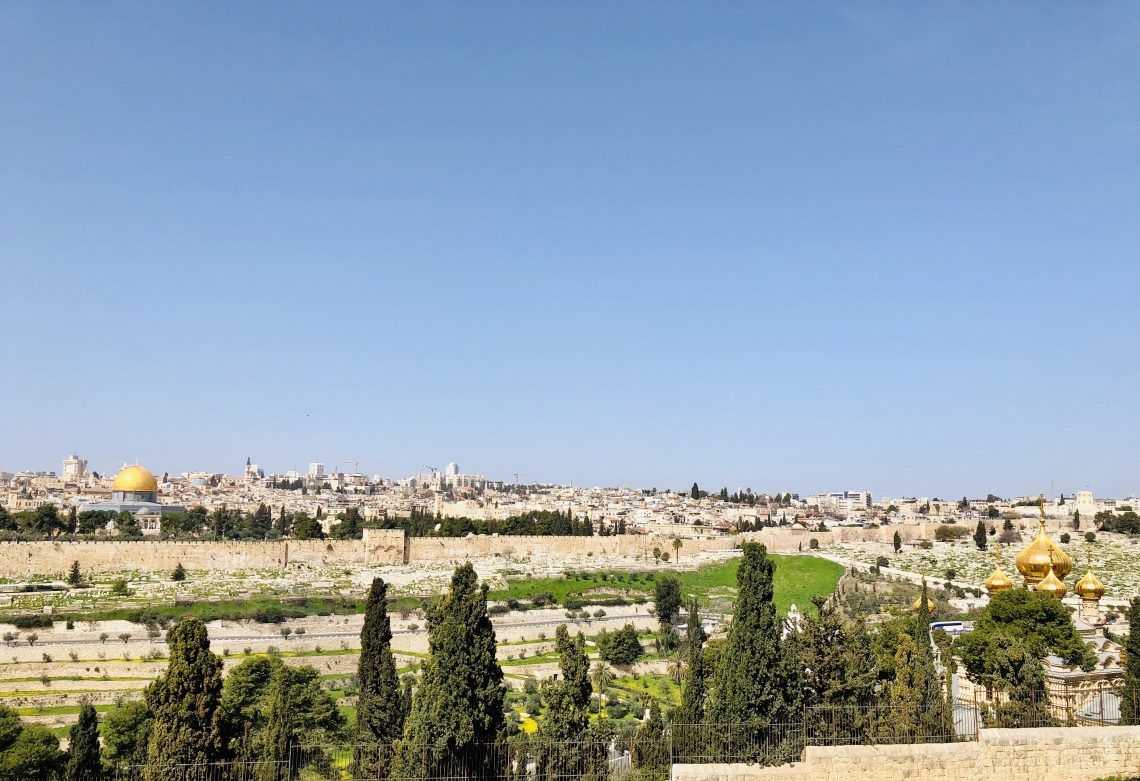
Journey with Me to Israel
This month I take you on a photographic tour of the Holy Land. One year ago my husband and I traveled to Israel with Insight for Living ministries. And like many of you, we never expected the world to shut down for the next year (and counting). Thus in this season of Lent, as we prepare our hearts for Easter, I thought it only appropriate to virtually return to the land of our Savior. May you enjoy this journey.
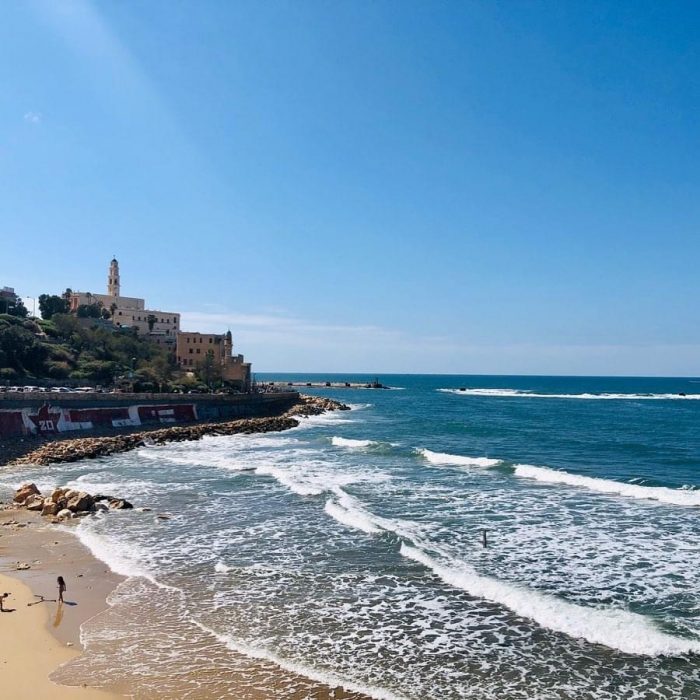
Joppa (Tel Aviv): Israel’s ancient port. The Old Testament prophet, Jonah, boarded a boat in Joppa trying to flee from God’s command to go and preach in Ninevah. Storm + Man overboard + Great fish = How that story turned out (Jonah 1:17). In the New Testament, the apostle Peter had a vision of Joppa that led to his gospel ministry to the Gentiles (Acts 10).

Caesarea was an important port and travel base for the Romans in Israel. It was here that the apostle Paul was imprisoned for two years and he made his appeal and presented the gospel to King Agrippa (Acts 24–26).
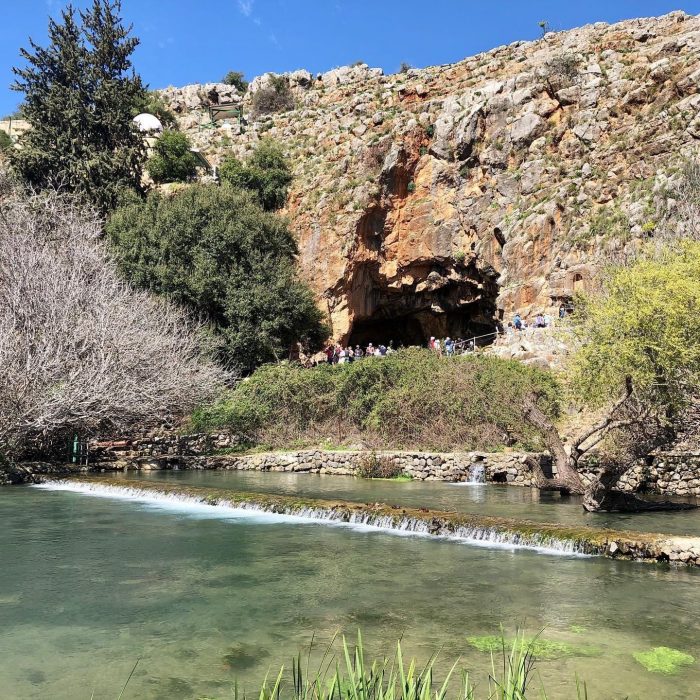
Caesarea Philippi: It was here, in this region filled with altars to many gods, that Jesus asked his disciples, “But who do you say that I am?” (Matt 16:15). Simon Peter confesses correctly that Jesus is the “Christ, the Son of the living God.” What a contrast to the earthly altars of stone gods cut into the rocky hillside. Jesus was and is the living God.
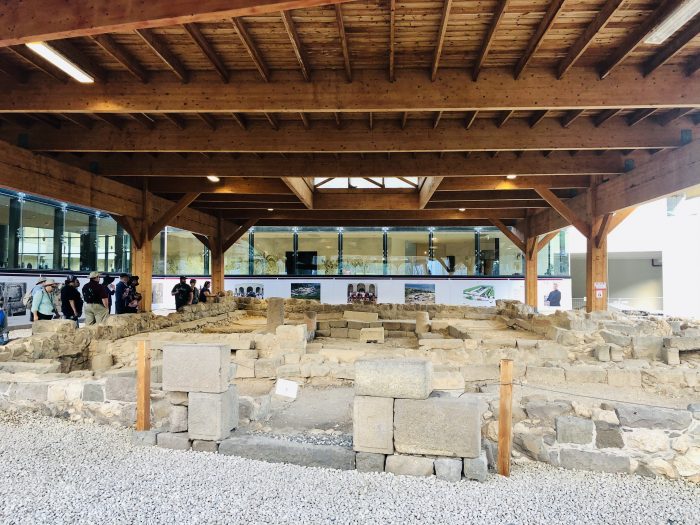
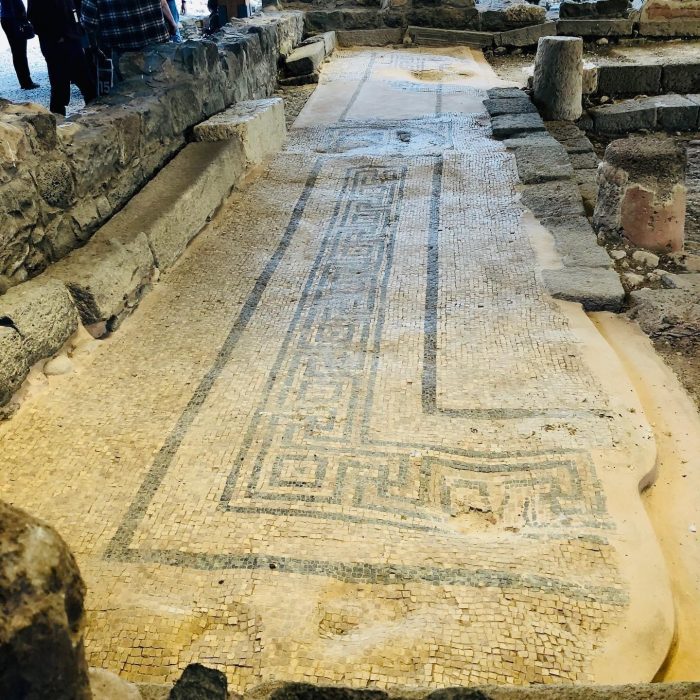
Migdal Synagogue at Magdala (above): This synagogue is dated to the first century AD and is the first synagogue discovered in Galilee. It is presumed that Mary Magdalene (Mary of Magdala) was from this region along the Sea of Galilee. Mary Magdalene was not a prostitute as many have believed (read more about that here) but rather a female disciple and patron of finances of Jesus and the Twelve (Luke 8:1–3). She was also the first person to see the risen Lord and to proclaim that he was alive (John 20:1-18).
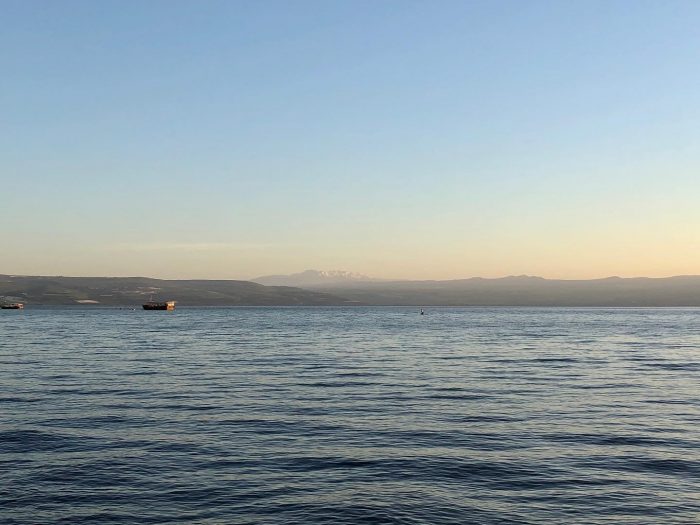
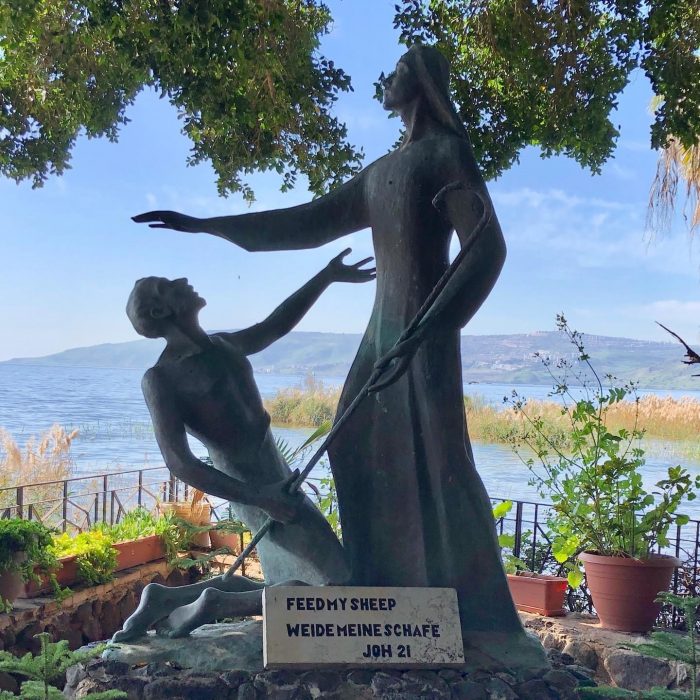
Church of the Primacy of Saint Peter: Along the shoreline of the Sea of Galilee sits a small Franciscan chapel. It was here that some believe Jesus reinstated Peter (John 21:15–17) after Peter’s denial of Jesus. Whether the church sits on the exact location or not, it is a great reminder of God’s grace and forgiveness, and that our salvation is not based on our works, but on our faith in Jesus’s perfect work for us—his death on the cross.

Capernaum was a fishing village on the northern shore of the Sea of Galilee. Matthew, Mark, and Luke record that Jesus often visited Capernaum and attended and taught in the synagogue there (Matt. 4:13; Mark 1:21–28; Luke 4:31–37). People were amazed at Jesus’s teaching because he taught as “one having authority” (Mark 1:22; Luke 4:32).
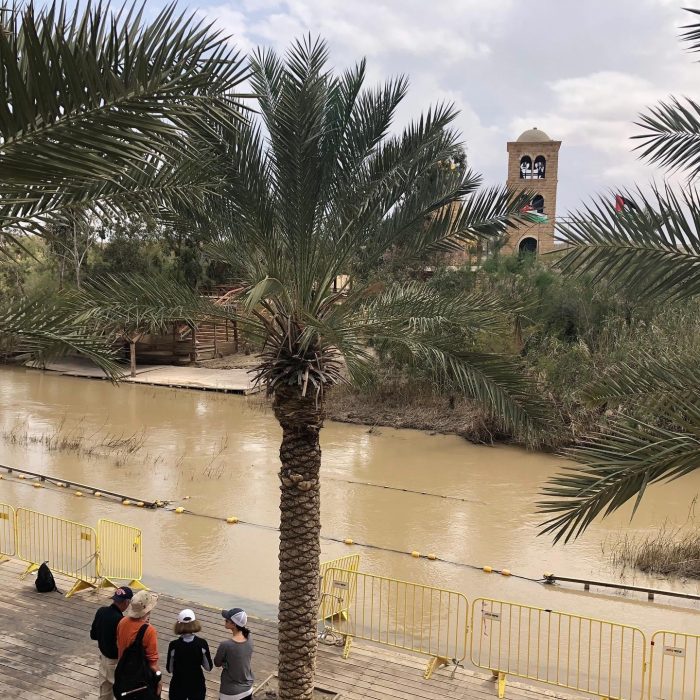
Jordan River near Jericho: It’s at this location that it’s believed Joshua and the Israelites crossed over the Jordan River into Jericho (Joshua 1:10–11). You are probably familiar with verse 9 on Joshua chapter one, “Be strong and courageous! Do not tremble or be dismayed, for the Lord your God is with you wherever you go.”
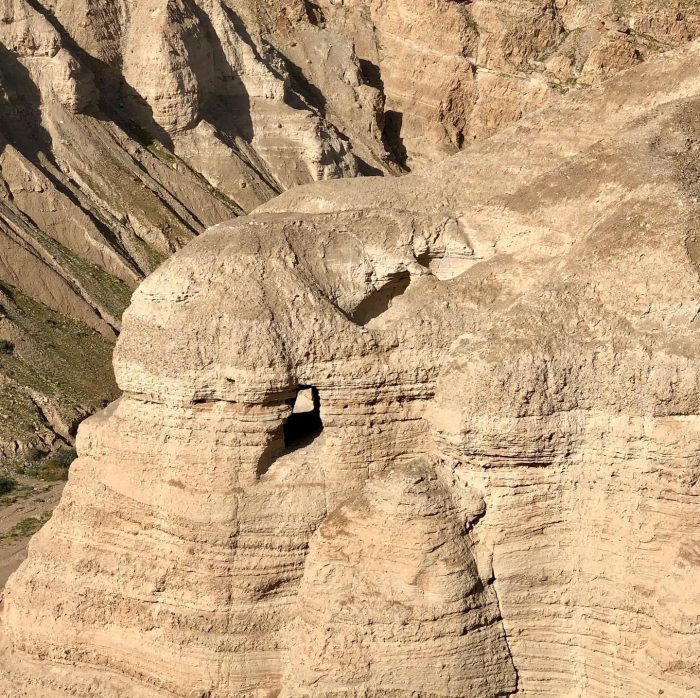
Qumran: The Dead Sea Scrolls were discovered in this Qumran cave in 1947. This important discovery proves the book of Isaiah was one book with one author. It was also significant because the scrolls dated back 2,000 years.

Ein Gedi is an oasis located west of the Dead Sea, near Masada and the Qumran. Ein Gedi caves and waterfall are in the distance behind us. It was here that David and his men hid while fleeing from jealous King Saul (1 Sam. 23–24) and where David may have penned Psalms 57 and 142.
“Be gracious to me, O God, be gracious to me, for my soul takes refuge in You; and in the shadow of Your wings I will take refuge until destruction passes by” (Psalm 57:1).
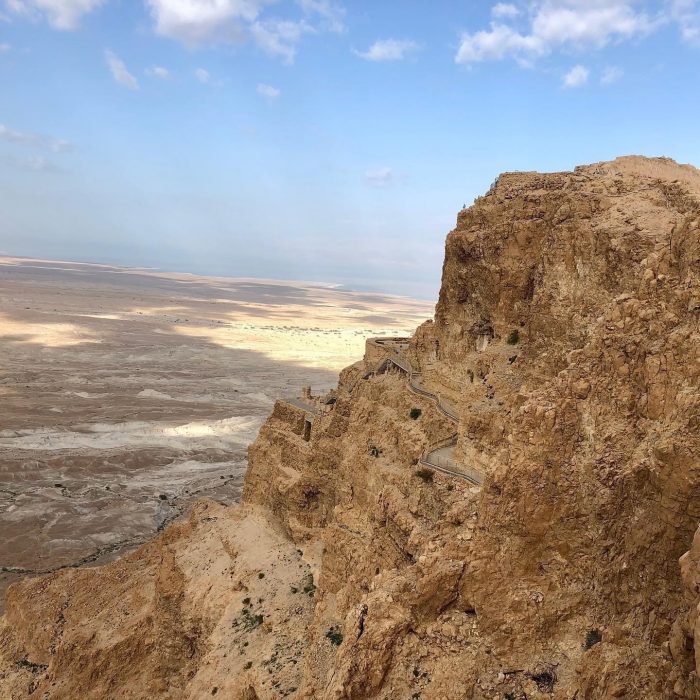
Masada means “stronghold.” It was at this desert perch David found refuge from King Saul. Years later it was the site of King Herod’s fortress and has an unfortunate history when the Romans laid siege to it in AD 73.
Who is our true “Masada,” our true stronghold? David knew:
“Because of his strength I will watch for You, for God is my stronghold. My God in His lovingkindness will meet me…” (Psalm 59:9–10)
Jerusalem

The Temple Mount is the site of both ancient Jewish temples. The first temple was built by King Solomon (1 Kings 6) and completed in 957 BC. It was destroyed by the Babylonians in 586 BC. The second temple was built in the sixth century BC and remained for nearly 600 years before the Jewish people were exiled in 70 BC by the Romans.
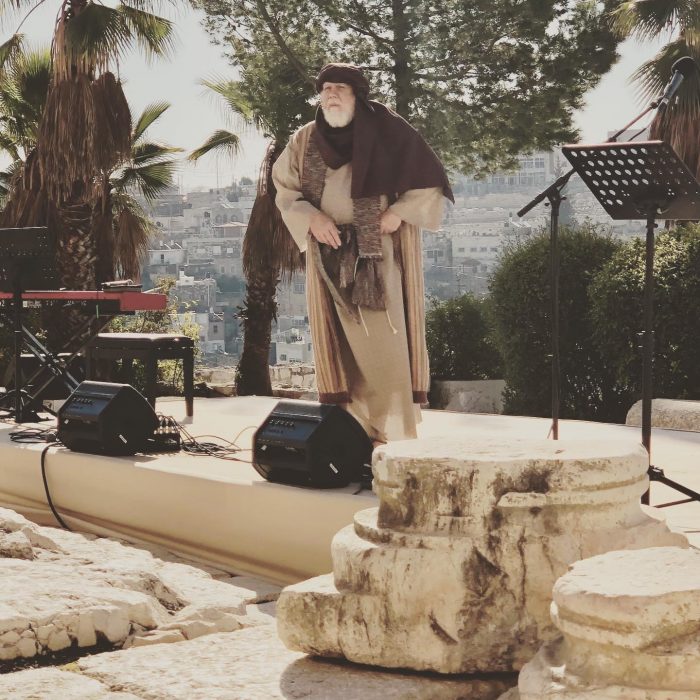
On the Southern Steps of the Temple Mount, Dr. Reg Grant of Dallas Theological Seminary portrays Simeon from Luke 2:25–33:
“And there was a man in Jerusalem whose name was Simeon; and this man was righteous and devout, looking forward to the consolation of Israel; and the Holy Spirit was upon him. And it had been revealed to him by the Holy Spirit that he would not see death before he had seen the Lord’s Christ. And he came by the Spirit into the temple; and when the parents brought in the child Jesus, to carry out for Him the custom of the Law…” (Look it up to read the rest of the story!)
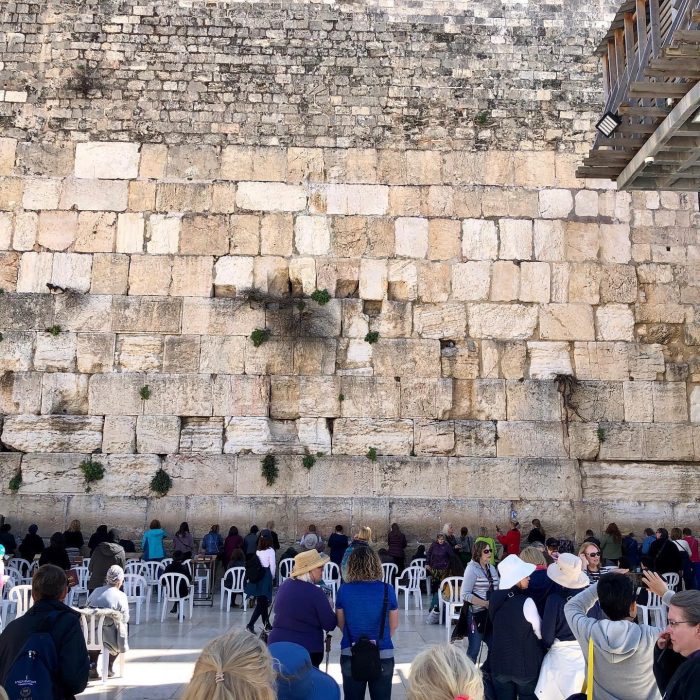
The Western Wall, also known as the Wailing Wall, is the wall considered to be the closest wall to the former Holy of Holies of the temple.
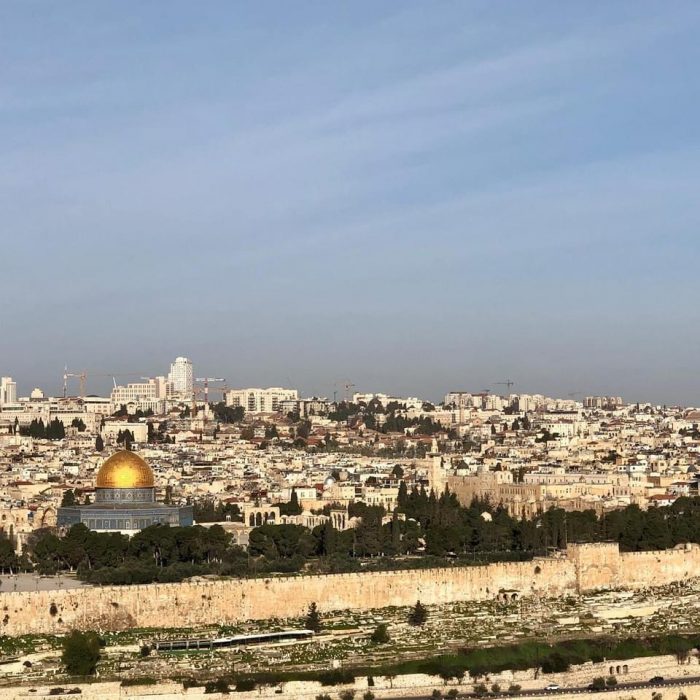
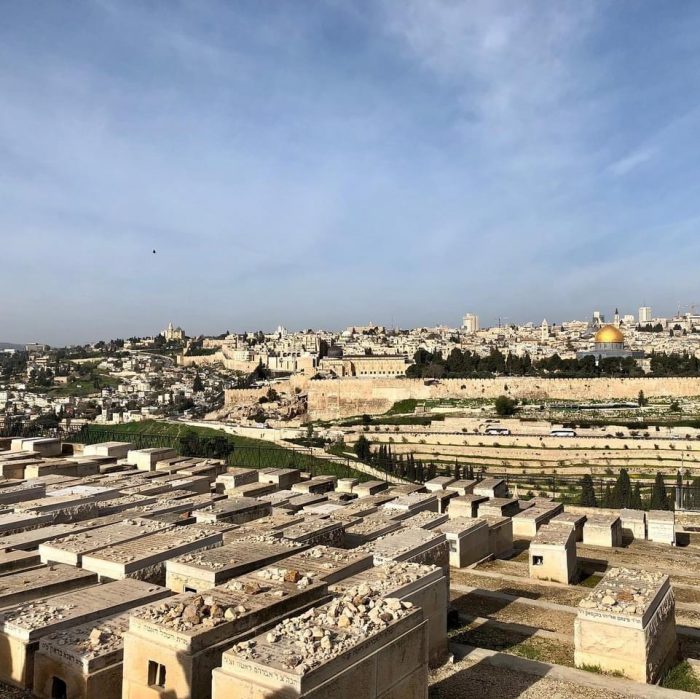

Garden of Gethsemane: It was here that Jesus agonized in prayer to the Father, knowing that trials, suffering, and crucifixion lay in store for him. While three of his disciples were to keep watch but slept instead, Jesus prayed, “My Father, if possible, let this cup pass from me! Yet not what I will, but what you will.” (Matt. 26:36–55)
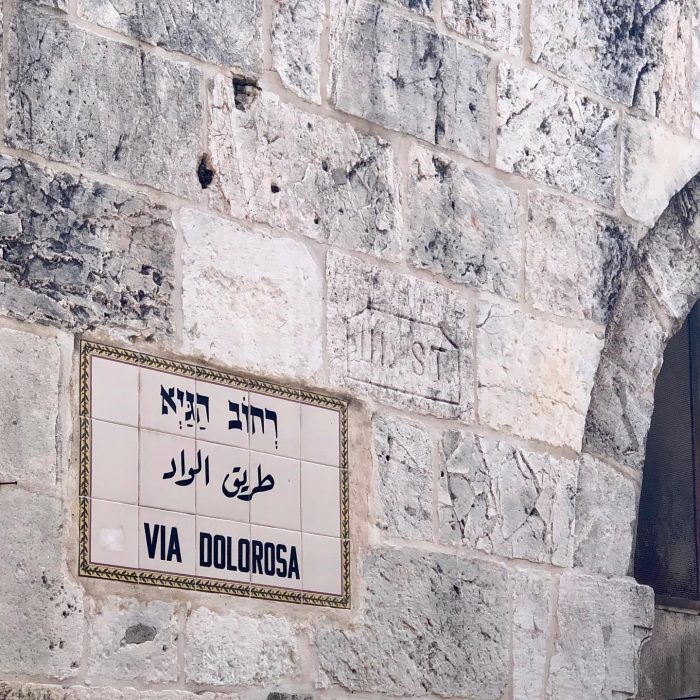
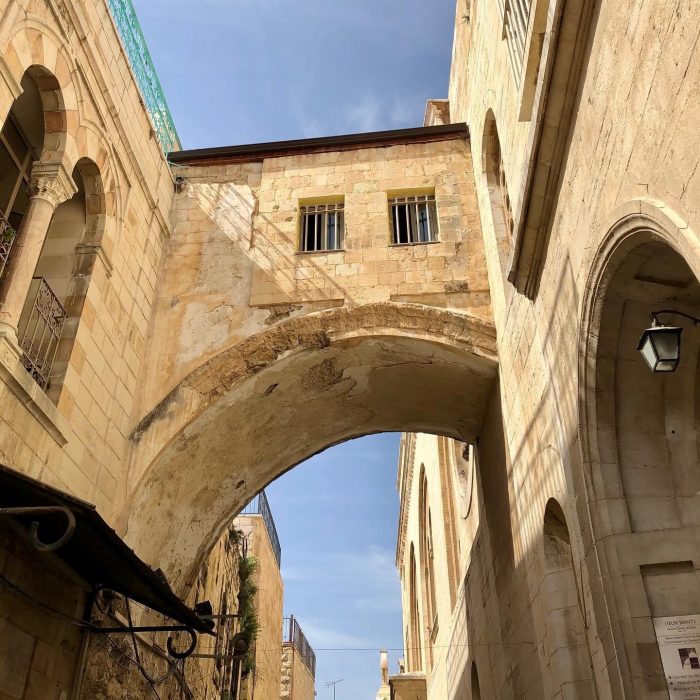
Via Dolorosa (above): Latin for “Sorrowful Way” the Via Dolorosa is a processional route in the Old City of Jerusalem, believed to be the path that Jesus may have walked to the cross. Today it is marked by nine Stations of the Cross.
The Church of the Holy Sepulcher (below) is a church in the Christian Quarter of the Old City of Jerusalem. It is one of two places in Israel where it is believed Jesus’s crucifixion, death, burial, and resurrection occurred.
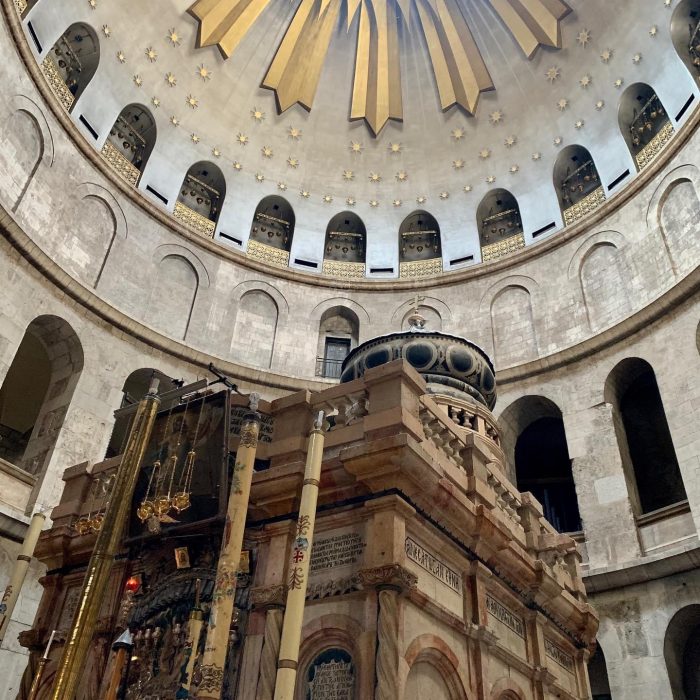
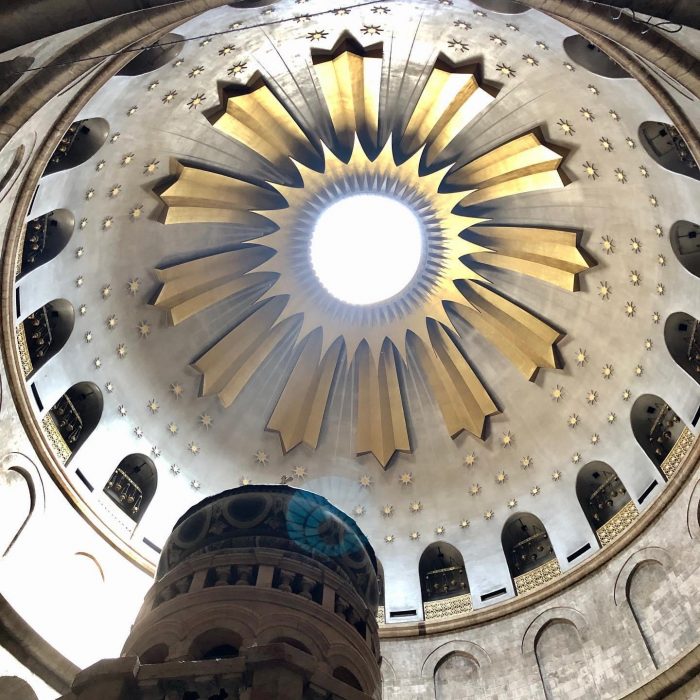



The Garden Tomb, a rock cut tomb located just outside the Old City walls of Jerusalem, is considered by many Protestants as the site of the burial and resurrection of Jesus. It was unearthed in 1867 and dates back to the eighth and seventh centuries BC.
Regardless which of the two possible burial places of Jesus is the true location—Church of the Holy Sepulcher or the Garden Tomb—one certainty is known, Jesus’s body is in neither. (Luke 24:1–3)
“The Lord has risen…!” (Luke 24:34) Let us proclaim this truth.
Take-Away:
- Which of these images of this photographic tour of Israel is the most significant to you?
- Now that you have a better visual understanding of the Holy Land, how will it impact your Bible reading?
- Has this virtual journey changed or even just expanded some of your biblical understanding?
Please comment.
Additional Resources:
Author and professor Dr. Wayne Stiles has great resources about Israel on his website, for example: 5 Holy Land Blogs You Should Follow
